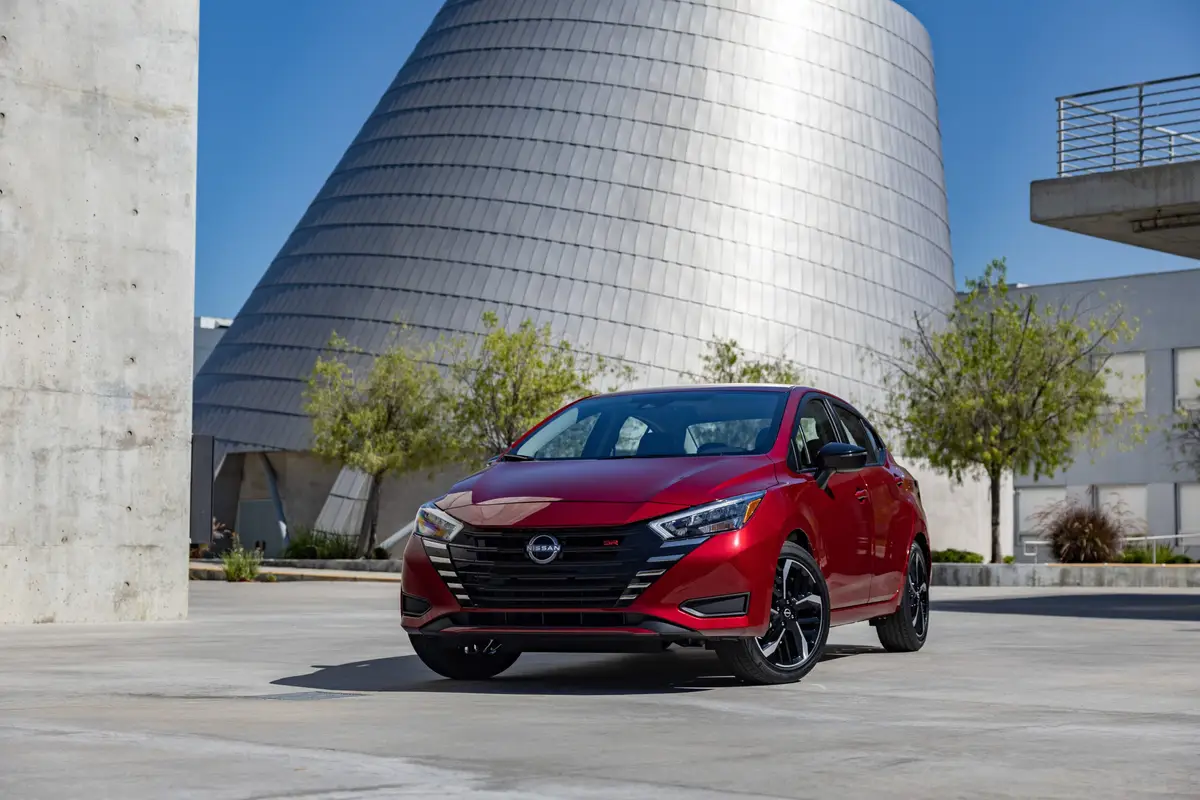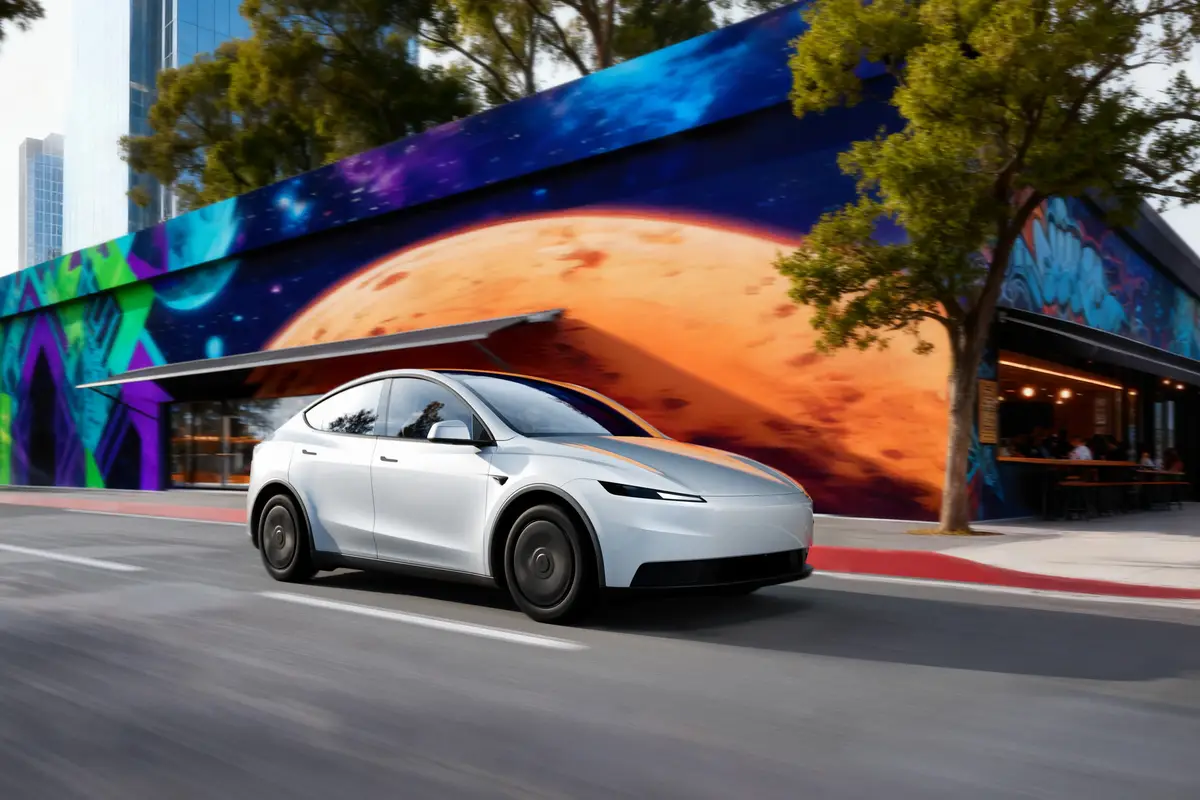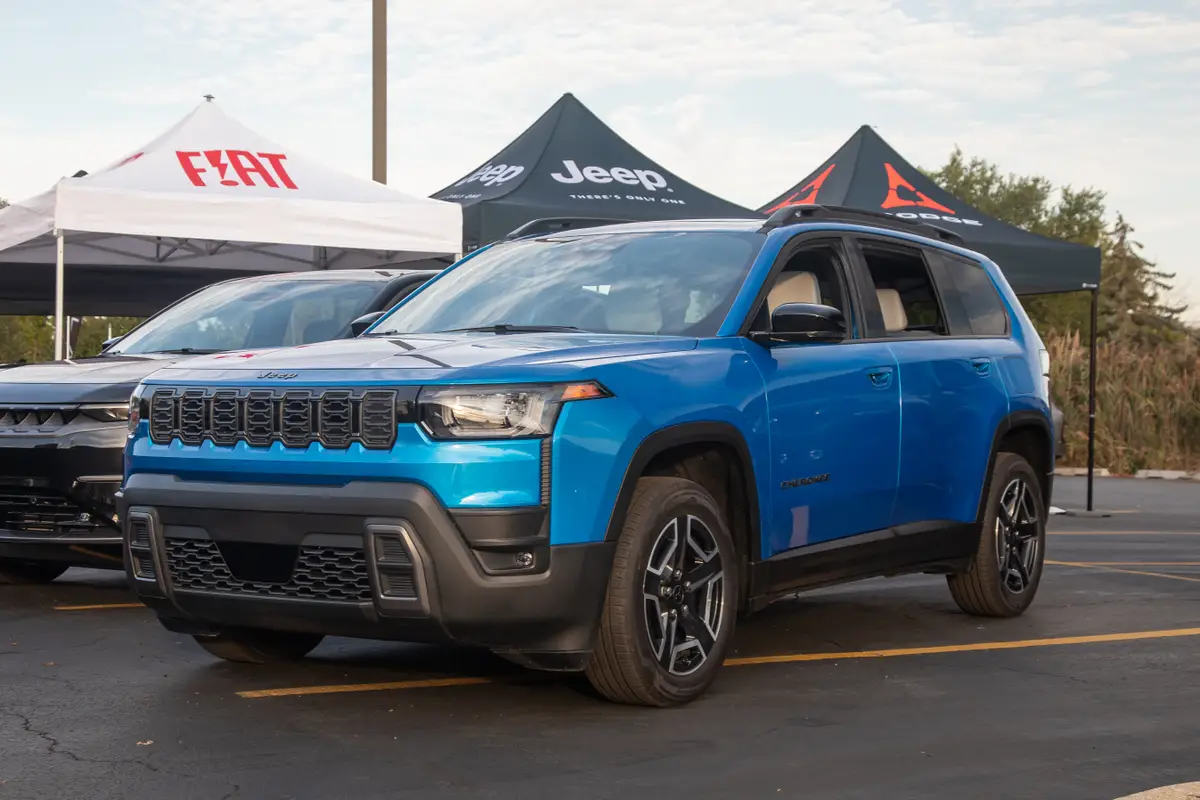Dealerships Are Paying Extra for Trade-Ins Right Now, But Interest Rates Are Rising


As we all brace for the full impact of tariffs to hit car prices, one thing is certain: Vehicles already in the U.S. don’t have to pay any import fees. That’s why shoppers rushed to purchase new cars when they saw tariffs looming, but what happens when that supply of pre-tariff new vehicles runs out? That’s a problem dealerships are hoping to solve in part with additional used inventory. If you have a good trade-in, dealerships are willing to pay more for it to pad out their offerings.
Related: Affordable Cars Under $30,000 Face the Biggest Threat From Trump’s Tariffs
Some automakers are already raising prices as a result of higher import costs, and consumers who may get priced out of the new vehicle they want but still need a car have to go somewhere. That somewhere is often the used side of the lot, and Cars.com’s latest data analysis shows exactly how these shifts are looking for consumers.
The Perfect Storm for Higher Prices
The supply of new cars to dealership lots has slowed down even as demand has been spiking, with many automakers still in “wait and see” mode over what tariffs on their supply chains and finished inventories will end up looking like. Some have even paused shipments from more heavily tariffed countries. As a result, new-car inventory grew just 3.7% year over year in April. This follows a booming period of double-digit increases in new-car inventory that lasted from September 2022 through January 2025. On the lots, it’s even grimmer, as dealers started May with 5.2% less inventory than they did at the beginning of April.
Meanwhile, demand for new cars continues to be strong, as consumers have been biting on those sweet, sweet tariff-free cars sitting on dealer lots. The rush to buy a car before tariffs started affecting pricing drove much higher sales of 17.8 million and 17.3 million in March and April, respectively. To put that in perspective, that includes the sixth highest number of March car sales in nearly 50 years, and we haven’t seen two consecutive months with over 17 million in sales since the post-COVID vaccine rush in 2021.
We’re already starting to see sales drop off a little as tariffs went into effect on automobiles and their key components, but that combination of booming sales, tariffs increasing production costs and less inventory making it onto dealers’ lots to meet demand sets up the perfect storm for higher new-car prices.
New-car prices have remained mostly steady for the past 19 months, with the average new-car price on Cars.com hovering around $50,000. Unfortunately for budget-conscious consumers, that average is expected to keep rising in the near future. The average new-car price creeped up for the second month in a row, rising 0.8% year over year in April to $49,530. Consumers looking to get ahead of tariffs flocked to affordable options in particular, drying up pre-tariff inventory of less expensive cars.
With many new cars under $30,000 relying heavily on less expensive labor in other countries to meet that price point, they’re particularly vulnerable to tariffs increasing their prices. Mexican-built vehicles are the most affordable ones on sale with an average price on Cars.com of roughly $42,000 in April, but that average reflects an increase of $1,100 from March. That trend continued into the first week of May, with Canadian import prices on Cars.com increasing by $267 month over month and Mexican imports shooting up $1,102.
One of the most significant casualties of the tariffs was the last new car available for under $20,000 (including both MSRP and destination fees): the base manual-transmission Nissan Versa. According to Nissan, it didn’t make sense to keep producing this variant of the ultra-low-cost Versa for the U.S. market due to low demand and increased import costs. Still, this feels like a grim sign all around, and not just for the fact that you need at least $20,000 to get a new car now. An automaker discontinuing its most affordable car at a time when everything is getting more expensive for consumers is a sign of tough times ahead.
On top of that, as tariffs stick around, some of the incentives that helped drive sales over the past few months are already being pulled back or discontinued, with more companies expected to follow suit as pre-tariff inventory gets exhausted.

What’s a Frugal Car Shopper to Do?
Higher new-car prices push shoppers to consider used cars, and unfortunately, that’s a section of the lot that’s still struggling to recover from curtailed production during the pandemic. In fact, 2025 is expected to be the worst year for used-car inventory as a result of the smaller number of late-model vehicles that were leased and sold during the pandemic. Lease returns in particular are minuscule compared to pre-pandemic years, and as a result, used cars have been trending higher-mileage and older in recent years.
If you have a car to trade in, dealerships want it. Listings under $10,000 have grown sharply on Cars.com, but with a higher average of 135,000 miles, they aren’t as appealing to consumers and tend to sit on the lots longer as a result. The fastest-selling segment of used cars are those priced between $20,000 and $29,000, with many late-year, low-mile examples falling here. Prices are rising, though, as consumers consider used cars as alternatives to more expensive new ones and dealerships are paying more for trade-ins to help pad out their inventory.
How much more? Trade-in values rose by $820 year over year in April, which is the first time values rose in the month of April since the recent high-point for inflation in 2022. Trade-in values also had a month-over-month increase of $388 from March to April — the highest they’ve been since May 2023.
Unfortunately, higher trade-in values means used-car prices are likely to go up soon, so if you’re looking to buy one, start shopping now. If you have a trade-in that’s in good shape, though, it’s worth considering how much you can use that trade-in to lower what you’ll pay for its replacement.
More From Cars.com:
- Car Affordability Calculator – How Much Car Can I Afford?
- How Trump’s 25% Tariffs on Automobiles, Automotive Parts Will Affect You
- If Tariffs Increase Car Prices, How Else Can You Save Money?
- Here Are the 10 Cheapest New Cars You Can Buy Right Now
- Here Are the 10 Cheapest New SUVs You Can Buy Right Now
- More Tariff News
Interest Rates Aren’t Offering Much Relief
Don’t bank on lower interest rates or lease incentives to help you afford a new or new-to-you car. While the Fed did lower its rates by 1% in late 2024, it takes a while for that to be reflected in consumer lending rates. We’ve got a more in-depth explainer here, but the lack-of-gold rush to buy cars as tariffs were announced hasn’t actually translated into better loans on consumers’ ends.
Those low-interest APR and lease deals that get advertised require stellar credit to qualify for, and they’re being scaled back as tariffs go into effect and the supply of cars for sale decreases. New-car loans are actually more expensive than they were before the Fed cut interest rates last year — April’s average APR on a new-car loan increased by 0.08% from where it was in the third quarter of 2024. In the same time period, rates for used-car loans decreased by 0.42% but remained elevated at an average APR of 11% in April.
As always, we recommend shopping around for the best loan deal before you get to the dealership and working to improve your credit if you’re one of the many shoppers uncertain about buying a car right away.
Related Video:
Cars.com’s Editorial department is your source for automotive news and reviews. In line with Cars.com’s long-standing ethics policy, editors and reviewers don’t accept gifts or free trips from automakers. The Editorial department is independent of Cars.com’s advertising, sales and sponsored content departments.

News Editor Stef Schrader joined Cars.com in 2024 but began her career in automotive journalism in 2013. She currently has a Porsche 944 and Volkswagen 411 that are racecars and a Mitsubishi Lancer GTS that isn’t a racecar (but sometimes goes on track anyway). Ask her about Fisher-Price Puffalumps.
Featured stories



